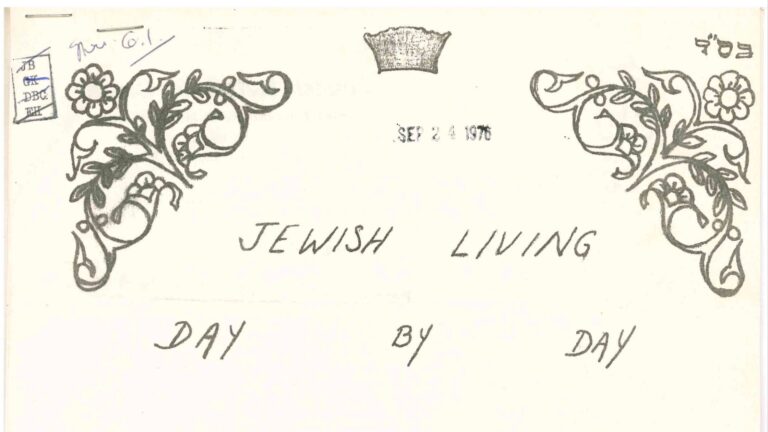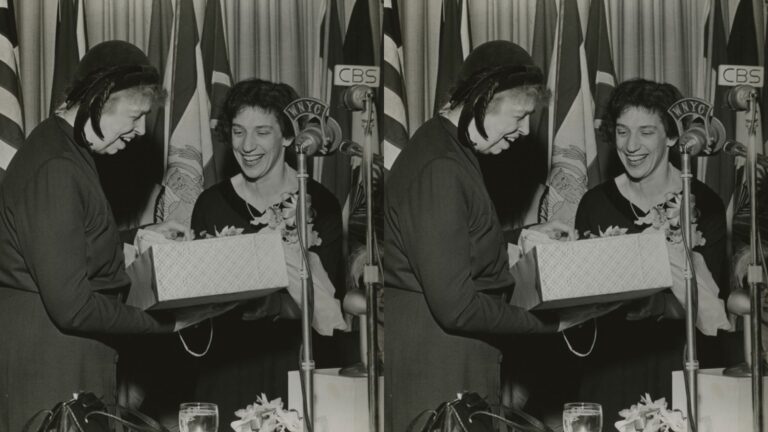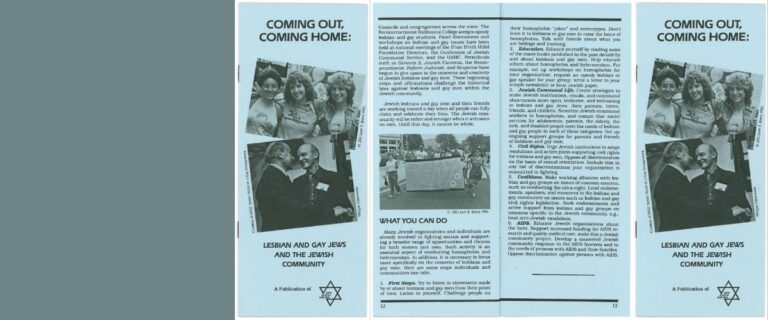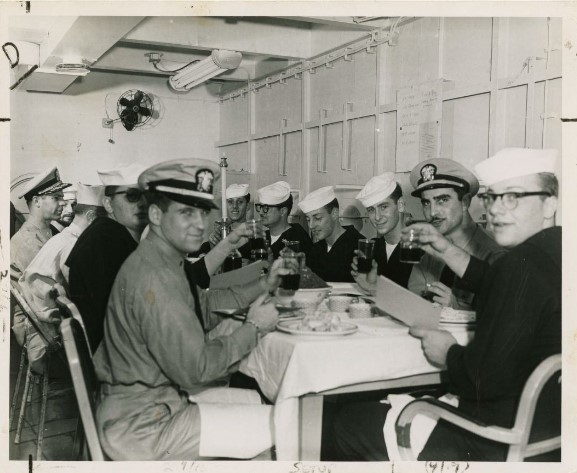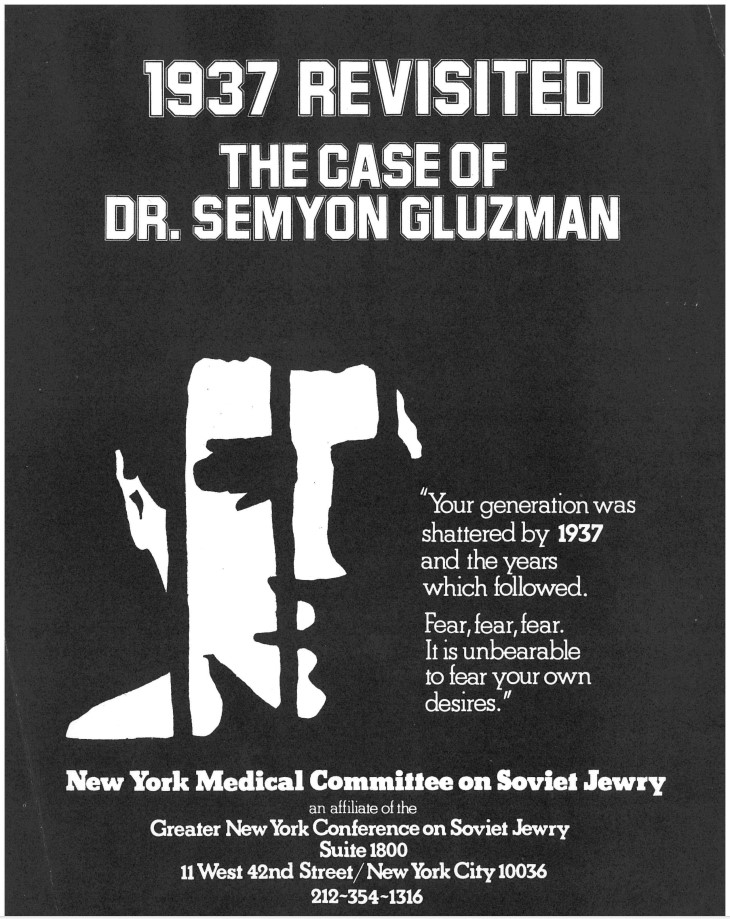In the 1970s and 1980s, a grassroots activist movement identified multiple avenues to advocate for the rights of Soviet Jews who were barred from emigrating from the Soviet Union, and who experienced a host of retributive punishments for initiating applications to leave the country, including were being abused, imprisoned, kept in poverty, and facing discrimination and anti-Semitism from the government, with state-sanctioned violence by the KGB.

One of the strategies which American Jewish activists developed to raise awareness of these human rights abuses was a “twinning program”: a comprehensive pen-pal program which linked Jewish adolescents in the United States about to celebrate a Bar or Bat Mitzvah (customarily at 12 for girls and 13 for boys) with their Soviet counterparts. The goal of this program was to create connections among Jewish young adults—and, in so doing, to likewise raise awareness among younger generations of the appalling conditions that their peers behind the Iron Curtain had to confront.
Several items in the Greater New York Conference on Soviet Jewry [GNYCSJ] collection reflect the scope and popularity of this “twinning” initiative; some of those records, whether created by GNYCSJ or other aligned activist groups, can be seen in the images accompanying this post. Additionally, the twinning program was popularized through newspaper coverage of American and Soviet Jewish adolescents in side-by-side photos, drawing attention to the human-interest angle of these young adults unable to access the same freedoms as their American counterparts.

Similar records detailing the impact of the twinning program also appear in the Ann Polunsky Papers, a collection of personal papers which detail the outreach and solidarity efforts of the head of Arizona Action for Soviet Jewry. Examples include a flier from Temple Solel of Paradise Valley, AZ in support of the twinning program and a leaflet sharing guidelines for Bar/Bat mitzvah twinning.
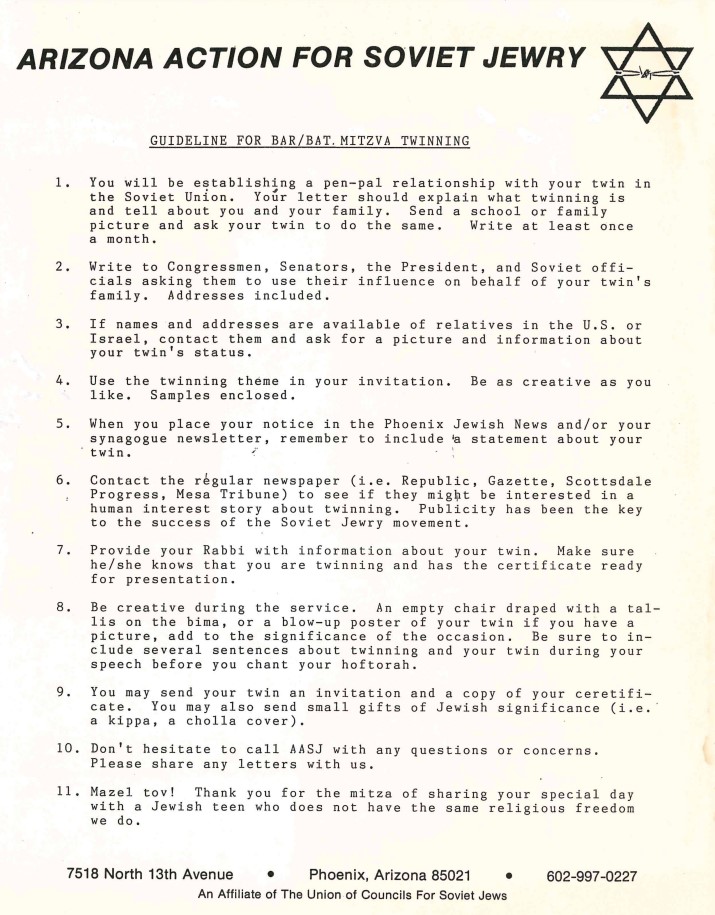
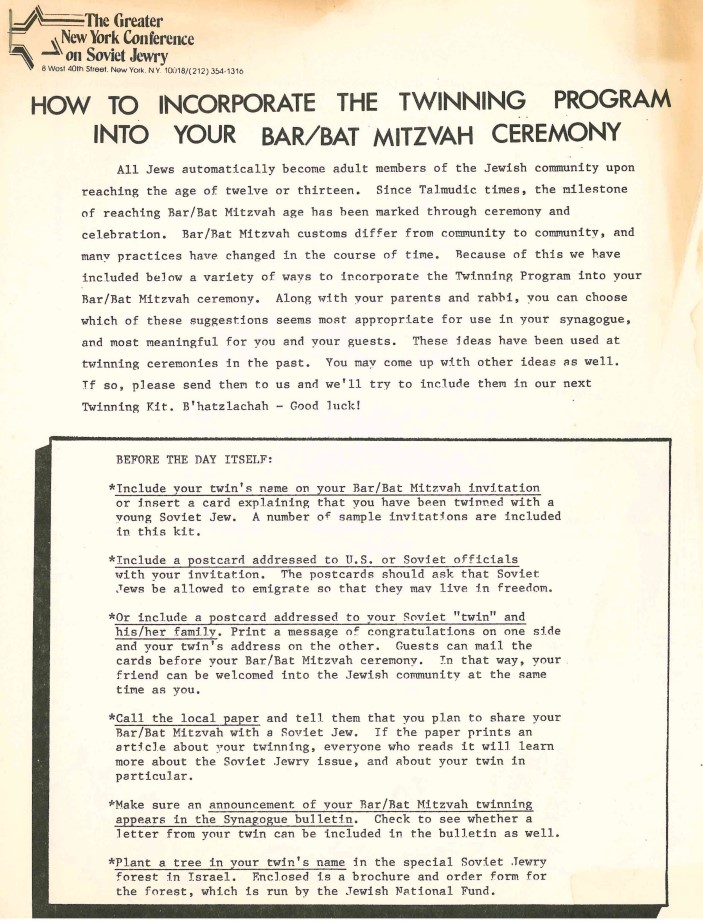
AJHS gratefully acknowledges the support of the National Historical Publications and Records Commission in processing and making available these historic materials.


